Simon Collins
I have been wondering what whale tastes like. There must be quite a few Australians who know. After all, we only banned the hunting of whales in our waters in 1962, and while it was international demand for their oil and blubber that made them a cornerstone of our early economy, their meat was a Struggle Street protein option right up until the 1950s. I thought about this when I heard about the fatal stranding of four hundred so-called pilot whales in Western Tasmania last month. There may have been numerically greater lemming tragedies, but this was the cetacean equivalent of Jonestown, and I found the footage as distressing as anyone. Indeed, my thoughts probably wouldn’t have taken a culinary turn if I hadn’t, at the time, been writing a TV commercial for a food rescue charity. According to the brief they gave me, 30 per cent of the food Australia produces ends up in landfill – much of it still in its packaging. Yet one in five Australians still experience hunger each year. Most of the food my clients rescue is salvaged from sympathetic farmers, supermarkets and restaurant chains. But given the frequency of these mass beachings (another, completely different pod piloted themselves to peril at the same location last week), I can’t help wondering if we’re missing a trick. Do the meal math. The average adult pilot whale weighs a ton and a half. If only 20 per cent of that is edible flesh it’s enough to make a shedload of burgers. And the meat from 400 of them would fill more pies than Four’n Twenty sells on a Grand Final weekend. Instead of which it became a bottomless buffet for seagulls and sharks.
It won’t happen, of course. Irrespective of the dietary habits of our grandparents, most modern, environmentally responsible Australians would rather eat their children than feed them a nutritious humpback steak or minke casserole. It wasn’t just the threat of extinction that made us protect these animals; it was also the realisation that they have rather a lot in common with us and are, in many ways, role models; intelligent, peaceful mammals who respect their elders, take good care of their children and – most impressive of all – maintain monogamous relationships. My generation likes to think the desire to put a stop to their slaughter was a response to the Greenpeace protests of the 1970s and ‘80s. But it was also documentarians like Jane Goodall and Diane Fossey who seeded the idea of inter-species solidarity, and mawkish fictions like Free Willy, Watership Down and Babe which popularised it. I suspect the next animal the film industry will liberate from the frying pan will be the octopus. Scientists have known for a long time that many cephalopods are more intelligent than the average Trump supporter, but it took a Yarpie with a snorkel to persuade us to find a place in our hearts for them. My Octopus Teacher, for the benefit of Speccie readers who aren’t addicted to Netflix, is the doco which just knocked The Social Dilemma off the top of the must-see ladder. It tells the unlikely story of one man’s relationship with a female common octopus he finds in a kelp bed near his home on the freezing, storm-wracked Eastern Cape. It is as well-shot as anything from the David Attenborough oeuvre, and notwithstanding a few tentacular moments which are uncomfortably reminiscent of Hokusai’s Dream of the Fisherman’s Wife, it is genuinely affecting. And it is testimony to the skills of the director that I came away from it prepared to totally revise my opinion of what I had previously considered a species undeserving of our affection. But now I believe it really is possible to empathise with a South African.
The film didn’t teach me anything I didn’t already know about octopuses, though. One gloriously pre-Covid day last summer I caught one while fishing off a tinnie in Sydney Harbour. As it was not quite a meal on its own, I put it in a bucket of water, so that if I didn’t catch anything else I could release it later. Then I cast my line out again and settled back to do the crossword in my newspaper. But the afternoon was warm, and I’d had a couple of beers, and pretty soon I dozed off. Half an hour later I woke to find not only that the bucket was empty, but the crossword was finished. And in case you’re wondering, yes – it was the cryptic.
Kel Richards
One of the most used, and misused, words of our time is the verb ‘to offend.’ The ‘offend/offence’ word family first appears in English in the 14th century. Behind it lies a classical Latin source word offensa meaning some sort of attack (‘going on the offensive’). From the 14th century until recent years the idea has consistently been that the attack (either verbal or physical) was intentional. And we have to keep the ‘offend/offence’ group of words anchored to this idea of intention, otherwise we are mangling the language, and seeing the walls of our liberty closing in on us like the trash compactor in Star Wars. Sadly there is anti-discrimination legislation in some jurisdictions that doesn’t require proof of intention. Unless we limit the use of ‘offend’ to the standard dictionary meaning of intentional attack we shall have to ban Adam Smith’s The Wealth of Nations for offending socialists, and John Stuart Mill’s On Liberty for offending China.
With Donald Trump attacking what he calls ‘decades of indoctrination in schools’ it’s time to look at the two ‘I’ words: instruction and indoctrination. When ‘indoctrinate’ first turned up in English in 1626 it simply meant ‘teach.’ But by the 1830s it had morphed into the notion of ‘imbuing someone with an opinion’ (Oxford English Dictionary). And that’s the key. To indoctrinate is to ‘train someone to accept a particular set of beliefs [opinions]… and not consider any others’ (Longman Dictionary of Contemporary English). ‘Instruction’ is the far older word (from around 1449) and comes from a Latin source meaning ‘build’ or ‘construct.’ To instruct someone is to give them a structure of facts and methods for working with facts. That’s the shift in schools Trump was talking about—from giving children a solid structure of facts and methods and letting them form their own opinions to serving up ready-made opinions. The result is a generation of woke warriors who can no longer analyse or reason. They have no structure anymore, only pre-digested ‘opinions.’ That’s what ‘indoctrination’ is doing to the kids.
Here is a word to treasure: ‘bibliotherapy.’ The Oxford says it means ‘The use of reading matter for therapeutic purposes in the treatment of nervous disorders.’ In other words, instead of pouring millions more of taxpayers dollars into counselling, therapists and mental health programs (all good things in themselves)—let’s get the kids reading books. The depression brought on by isolation can be eased and comforted by an hour spent on Treasure Island. Some newspapers have been touting this as a recently coined word but, surprisingly, research shows its first appearance was as far back as 1919—apparently coined by Christopher Morley for his novel The Haunted Bookshop based on his belief that ‘booksellers heal minds just like doctors heal bodies.’ Ten years later the US Veterans’ Medical Bulletin was using the word to mean the ‘use of books as a form of treatment in neuropsychiatric hospitals.’ Well, if you’ll excuse me—I’m off now to pick up an old Georges Simenon novel, travel back to Maigret’s Paris more than half a century ago to have a therapeutic break from the madness around us.
Got something to add? Join the discussion and comment below.
Get 10 issues for just $10
Subscribe to The Spectator Australia today for the next 10 magazine issues, plus full online access, for just $10.
You might disagree with half of it, but you’ll enjoy reading all of it. Try your first month for free, then just $2 a week for the remainder of your first year.

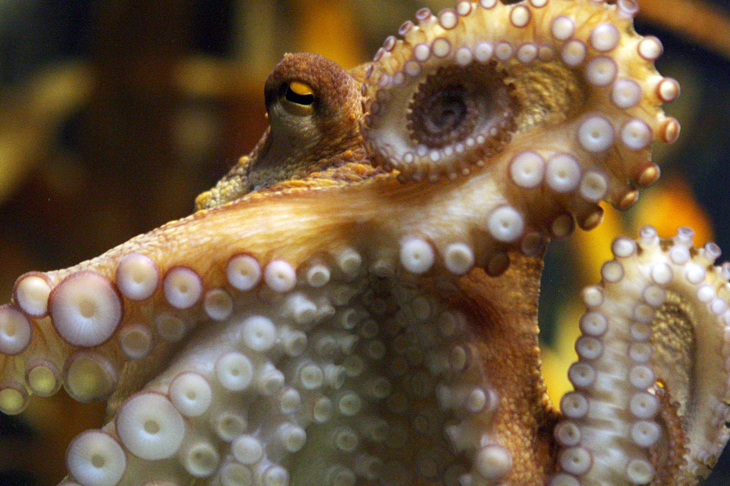
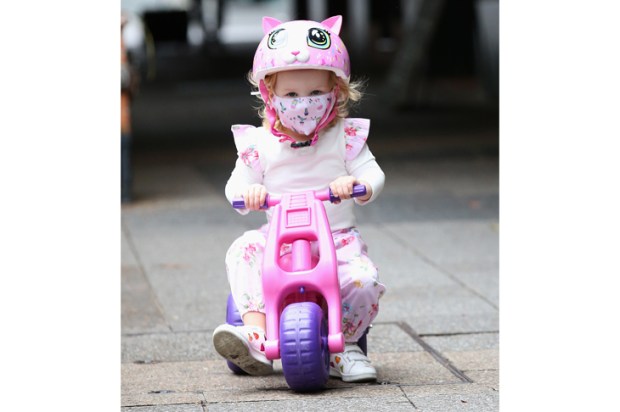
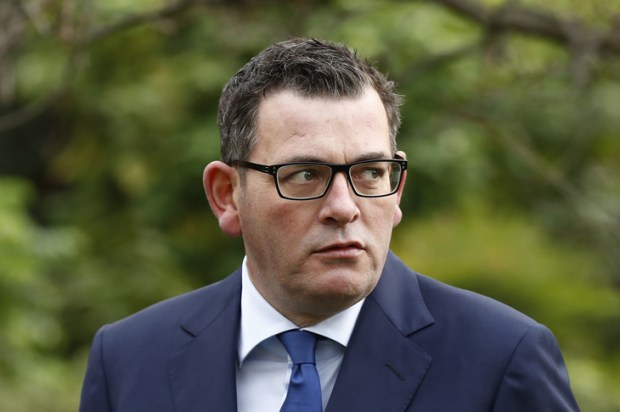

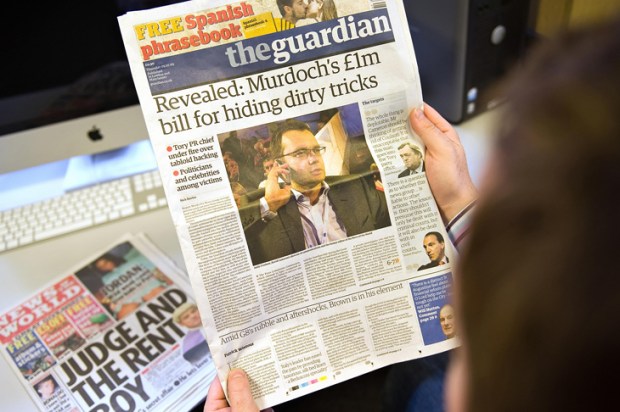
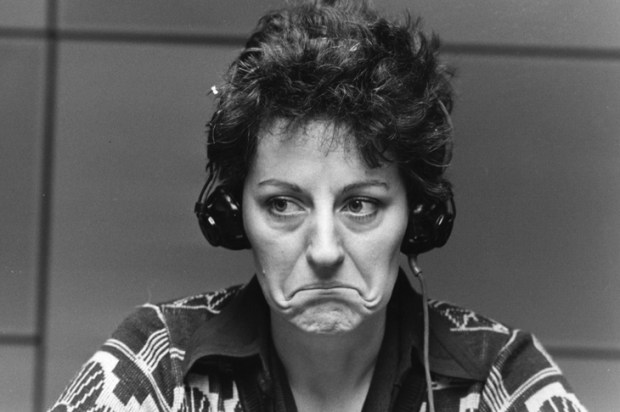
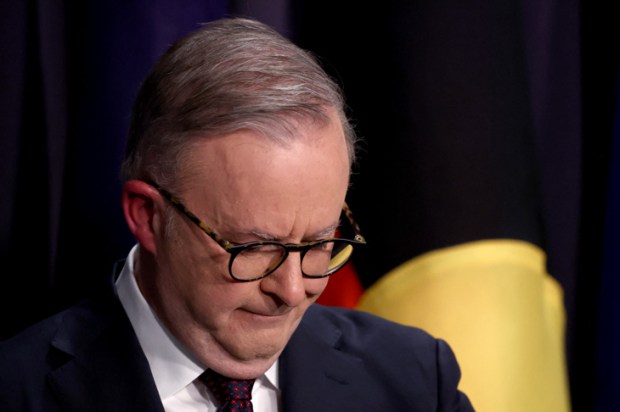






Comments
Don't miss out
Join the conversation with other Spectator Australia readers. Subscribe to leave a comment.
SUBSCRIBEAlready a subscriber? Log in